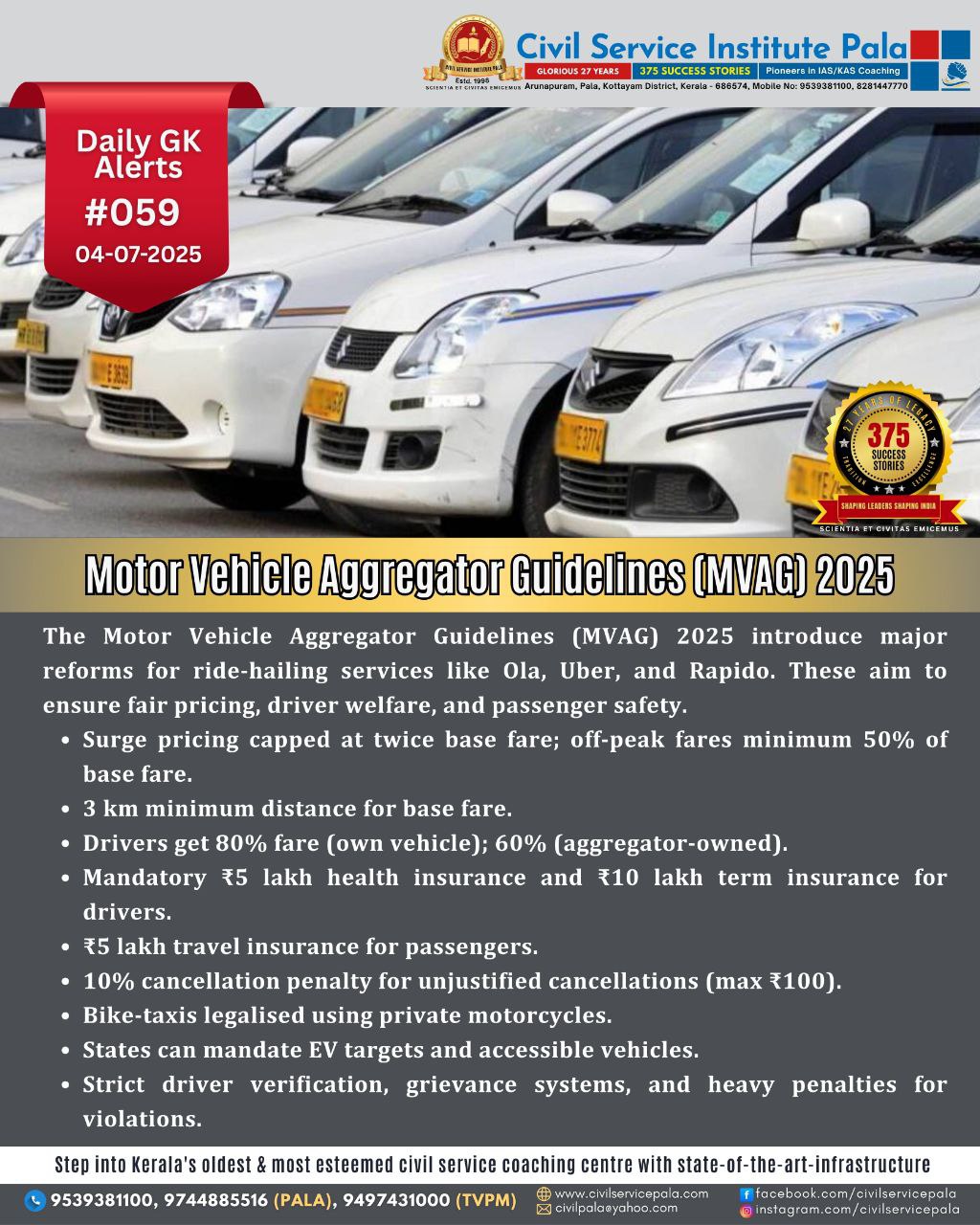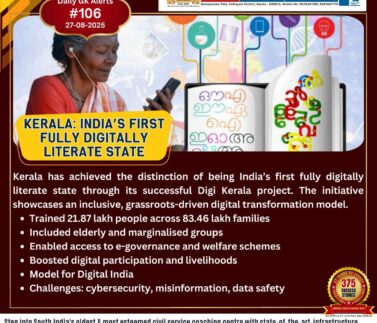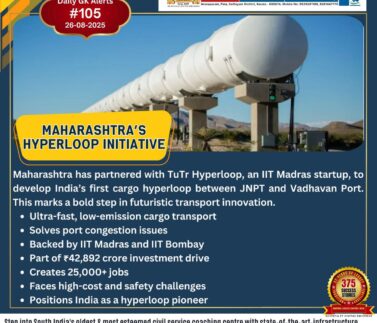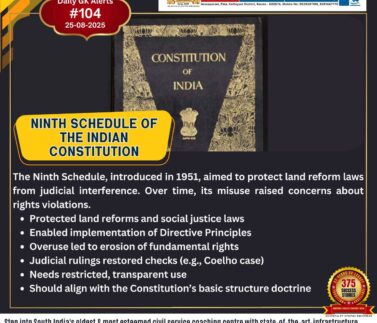
Motor Vehicle Aggregator Guidelines (MVAG) 2025
Motor Vehicle Aggregator Guidelines (MVAG) 2025: Key Reforms for Ride-Hailing Sector
The Motor Vehicle Aggregator Guidelines (MVAG) 2025, notified by the Ministry of Road Transport and Highways, aim to modernise India’s ride-hailing landscape, affecting platforms like Ola, Uber, and Rapido.
Key Fare Revisions
Under MVAG 2025, surge pricing is allowed up to twice the base fare (previously 1.5 times) during peak hours, while fares can be reduced to 50% of base fare during off-peak times. The minimum base fare must cover 3 km. States will fix base fares for each vehicle category to ensure price predictability and fairness.
Driver Welfare Measures
Drivers will now receive at least 80% of fares if using their own vehicles, and 60% if aggregator-owned. Mandatory health insurance of ₹5 lakh and term insurance of ₹10 lakh are introduced. Low-rated drivers (bottom 5 percentile) must undergo quarterly training.
Passenger Protection & Cancellations
Passengers will benefit from ₹5 lakh travel insurance. Cancellation penalties of 10% of fare (up to ₹100) apply to both drivers and passengers for unjustified cancellations, promoting accountability.
Bike-Taxi and EV Promotion
For the first time, non-transport motorcycles are legalised for ride-hailing, benefiting bike taxi operators like Rapido. States can mandate annual EV adoption targets and inclusion of Divyangjan-accessible vehicles to promote green and inclusive mobility.
Strict Compliance Norms
Aggregators must ensure police verification, medical and psychological tests for drivers, establish grievance redressal systems, and comply with penalties up to ₹1 crore for violations, with repeat offenders facing license suspension or cancellation.
The MVAG 2025 marks a progressive overhaul, enhancing driver welfare, passenger safety, regulatory clarity, and inclusivity, while paving the way for sustainable mobility innovations in India.



